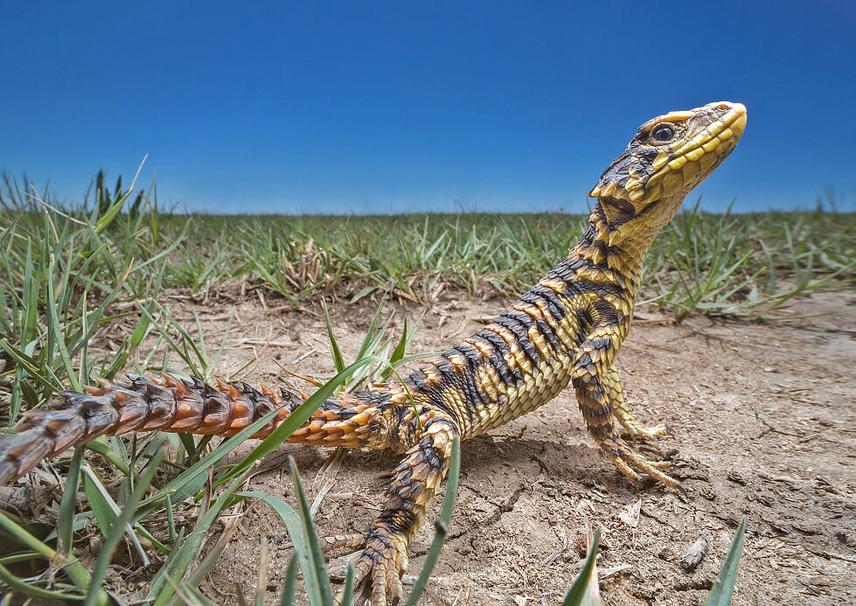Shivan Parusnath
Other projects
11 Feb 2014
Conservation Genetics and Population Ecology of the Sungazer (Smaug giganteus), A Threatened Endemic Lizard
Investigate the long and short-term population and social structure of the Sungazer, to inform conservation and management strategies.

The Sungazer (Smaug giganteus) is a large, heavily-armoured Dragon Lizard species, endemic to the Highveld grasslands of South Africa. With a restricted distribution that falls within a heavily-utilised agricultural area, fragmented habitat and regular illegal harvesting for the pet and traditional medicine trades, the species is classified as ‘Vulnerable’ on the IUCN Red List. We have been funded by two prior Rufford Small Grants over the past five years that have helped us assess the conservation status, and collect tissue samples from across the distribution of the species for conservation genetics research. Although we now have an understanding of the threats the Sungazer face, and how they affect the species, insight into how Sungazer populations work is urgently needed to drive conservation and management strategies forward.
To meet this need, we aim to investigate the short and long term population dynamics of four Sungazer colonies. Using a combination of PITs (Passive Intermittent Transponders) and radio-collars, we endeavour to follow the movements of the members of four Sungazer colonies on a daily basis, between seasons and over years. This will allow us to understand how Sungazers interact with each other, and how they use the landscape when feeding, reproducing and dispersing. This research also ties directly into the genetic research done with the previous RSG we received for Sungazer research.
With the results of this project we can develop a biodiversity management plan (BMP) for the species. BMPs rely on biological information of a species, which is currently lacking, and as such have been difficult to inform. We will also be able to develop translocation protocols for populations that are at risk from human developments, since all translocations to date have failed, most likely due to our lack of understanding of their population structure. Finally, an understanding of movement and dispersal patterns will guide how conservation area networks should be planned to optimise corridors for safe movement between colonies.
Although not linked directly to this grant, another major avenue our team is working on as part of this project is combating the illegal trade of Sungazers. After habitat destruction, this is seen as the second most important threat facing the species, and we are working with international authorities to put an end to arrest the illegal trade in this species.